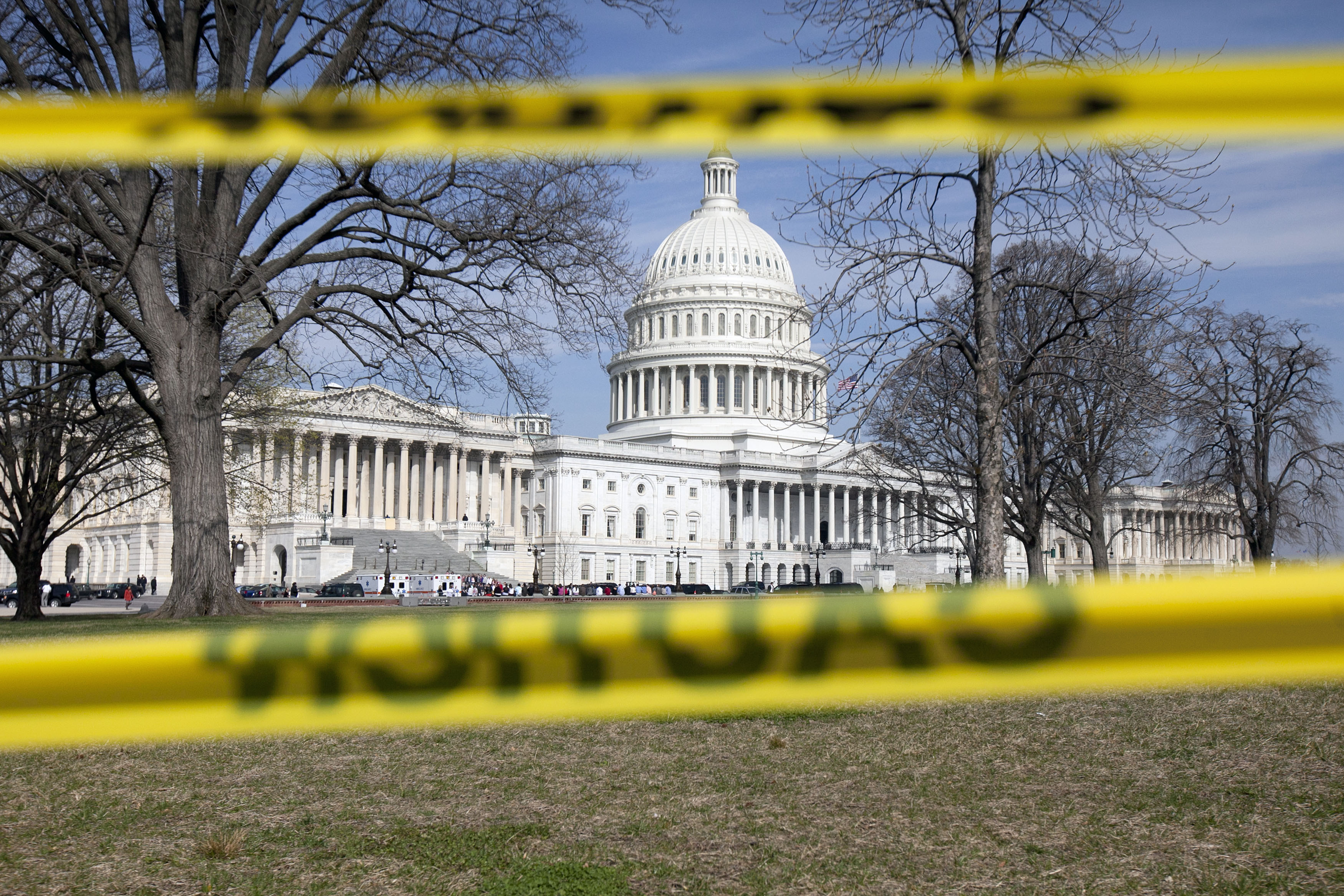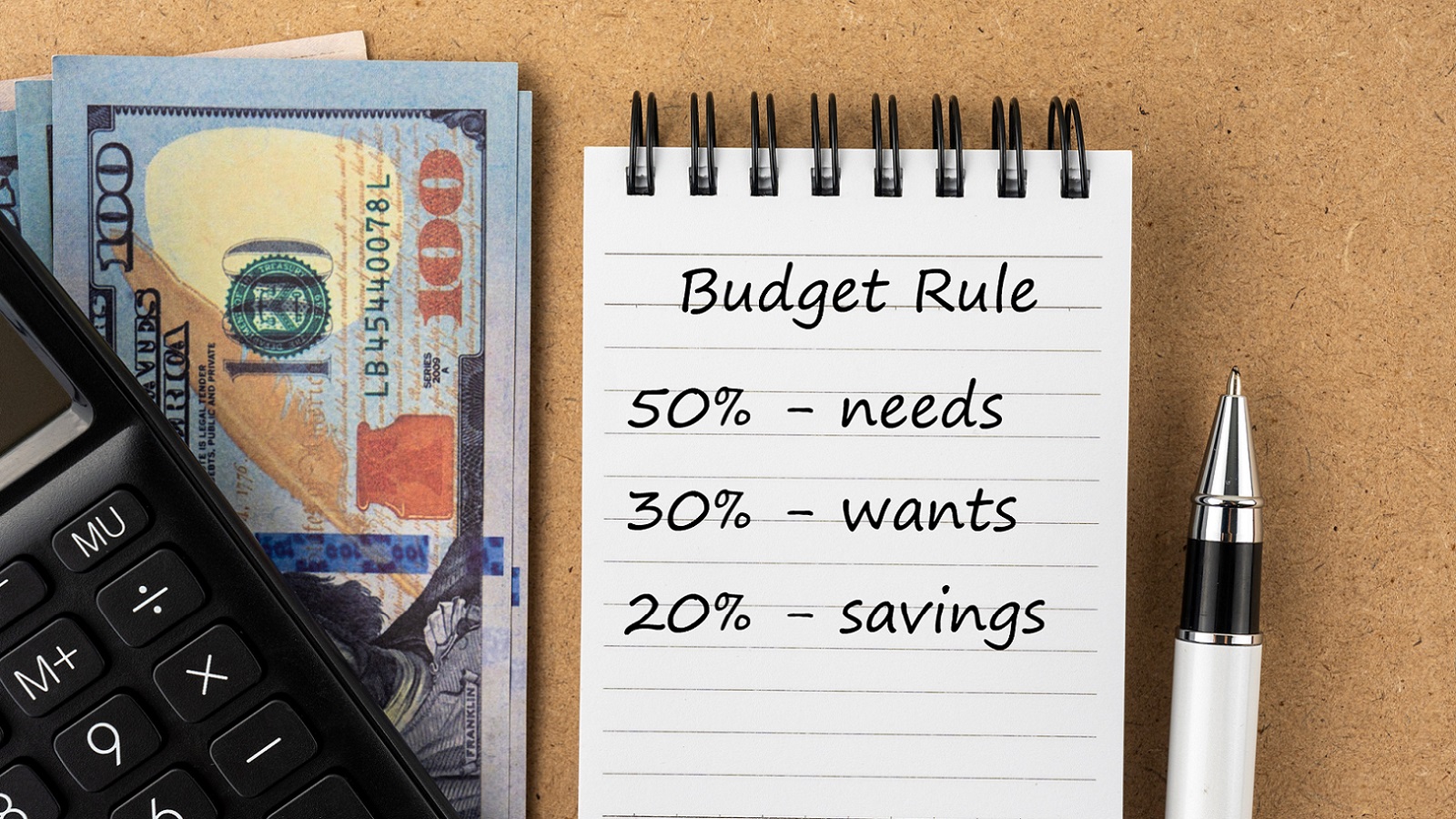Living Well on Less: The Middle Class Pinch
The families we profile are making progress toward their financial goals, but only because they are also making sacrifices.


When I was growing up, being middle class represented economic and social mobility. It meant you had the income to buy a nice home in the suburbs with a couple of cars in the garage, to send your kids to college and to quit working at age 65 knowing you'd have a secure and comfortable retirement.
In Middle Class Families Making It Work, we report that what once was a growing economic force in the U.S. has been losing steam. As senior editor Eileen Ambrose writes, the middle class has been shrinking since the early '70s, according to the Pew Research Center's frequently cited definition of middle-class income. At the start of that decade, just over 60% of adults lived in middle-class households; now it's about 50%. (A family of three is considered middle class with an income of $46,218 to $138,656, depending on location, according to Pew.)
To see how the middle class is faring in 2018, Eileen profiles middle-income families in different stages of their lives and in different areas of the country. The families share common themes: They are making progress toward their financial goals, but only because they are also making sacrifices—putting off college savings or delaying retirement or, in the case of one family, choosing not to buy health insurance. They also drive older cars and rarely treat themselves to pricey restaurant meals or expensive vacations.
From just $107.88 $24.99 for Kiplinger Personal Finance
Become a smarter, better informed investor. Subscribe from just $107.88 $24.99, plus get up to 4 Special Issues

Sign up for Kiplinger’s Free Newsletters
Profit and prosper with the best of expert advice on investing, taxes, retirement, personal finance and more - straight to your e-mail.
Profit and prosper with the best of expert advice - straight to your e-mail.
New challenges. The flip side of a shrinking middle class is that more people are now on either side of the middle. Back in 1971, 25% fell into the lower-income group and 14% fell into the upper-income tier. The most recent data show that 29% of U.S. adults are in the low-income group and 21% are considered upper income.
You can argue that seeing more people rise into the upper-income tier is a positive trend, but it has exacerbated income disparity—most pundits call it income inequality—in recent years. After the Great Recession, when the economy started to recover and employment picked up, hundreds of thousands of workers—in particular older men—couldn't find jobs that matched their skills. One shocking statistic from the Census Bureau: In 1973, the inflation-adjusted median income of men working full-time was $54,030. In 2016, it had fallen to $51,640.
Globalization and automation have taken a toll on manufacturing jobs, and the most-desirable jobs created in the past decade have been for workers with post-secondary-education degrees. Plus, stock market gains have disproportionately benefited upper incomers. Other factors weighing on the middle class include wage stagnation, rising health care premiums and skyrocketing college costs, which have led to stultifying levels of student loan debt. Even the new tax cuts for middle incomers are temporary.
Income inequality has led to a "haves and have-nots" mentality—a feeling that the spoils are going to wealthier Americans, a feeling that we're not all in this together, striving for common goals. And that has helped reshape the political landscape.
I know many of you have financial challenges similar to the ones the families we profile in our story are facing. A number of you have shared your stories with me, and I see a common, inspiring theme: You followed our advice and achieved your version of the American dream. Whether you fall above or below an arbitrary income cutoff, we hope you continue to benefit from our mission to help you achieve long-term financial security.
Profit and prosper with the best of Kiplinger's advice on investing, taxes, retirement, personal finance and much more. Delivered daily. Enter your email in the box and click Sign Me Up.

Mark was the editor of Kiplinger's Personal Finance magazine from July 2017 to June 2023. Prior to becoming editor, he was the Money and Living sections editor and, before that, the automotive writer. He has also been editor of Kiplinger.com as well as the magazine's managing editor, assistant managing editor and chief copy editor. Mark has also served as president of the Washington Automotive Press Association. In 1990 he was nominated for a National Magazine Award. Mark earned a B.A. from University of Virginia and an M.A. in Writing from Johns Hopkins University. Mark lives in Washington, D.C., with his wife, and they spend as much time as possible in their Glen Arbor, Mich., vacation home.
-
 AI Stocks Lead Nasdaq's 398-Point Nosedive: Stock Market Today
AI Stocks Lead Nasdaq's 398-Point Nosedive: Stock Market TodayThe major stock market indexes do not yet reflect the bullish tendencies of sector rotation and broadening participation.
-
 Top Tech Gifts to Grab at Walmart Before Christmas
Top Tech Gifts to Grab at Walmart Before ChristmasBig savings on Apple, Bose, HP, Vizio and more while there's still time to shop.
-
 AI Appliances Aren’t Exciting Buyers…Yet
AI Appliances Aren’t Exciting Buyers…YetThe Kiplinger Letter Artificial intelligence is being embedded into all sorts of appliances. Now sellers need to get customers to care about AI-powered laundry.
-
 I Need to Cut $1,000 From My Monthly Budget, and I've Already Given Up Starbucks and Dining Out. What Else Can I Do?
I Need to Cut $1,000 From My Monthly Budget, and I've Already Given Up Starbucks and Dining Out. What Else Can I Do?Here are some creative ways to save up to $1,000 a month, even if you feel like you've already made all of the obvious cuts.
-
 I'm a Government Employee and Need to Get By Until the Shutdown Ends. What Can I Do?
I'm a Government Employee and Need to Get By Until the Shutdown Ends. What Can I Do?The second-longest shutdown in history is leaving many federal workers with bills due and no paycheck to cover them. Here's what you can do to get by.
-
 What Does Medicare Not Cover? Eight Things You Should Know
What Does Medicare Not Cover? Eight Things You Should KnowMedicare Part A and Part B leave gaps in your healthcare coverage. But Medicare Advantage has problems, too.
-
 The 50-30-20 Budget Rule: A Simple Way to Save Money
The 50-30-20 Budget Rule: A Simple Way to Save MoneySaving Using the 50-30-20 budget rule is an easy way to save. It helps you prioritize saving while paying off debt.
-
 'Food Tax': Which States Still Tax Groceries in 2025?
'Food Tax': Which States Still Tax Groceries in 2025?State Tax Ten states still tax groceries, but that figure is shrinking.
-
 How Our Family Fights Inflation
How Our Family Fights InflationBudgeting Millennials typically spend more than other generations on certain expenses that have been increasing most rapidly. Here are some tips to cut your losses.
-
 Gas Prices Around the World
Gas Prices Around the WorldBudgeting Many world gas prices can make what Americans pay at the pump seem like a bargain. But not all.
-
 What You Can Do About Medical Debt
What You Can Do About Medical DebtBudgeting Millions of Americans are awash in debt from medical care. If you’re one of them, we have your options, whether the bills are new or a collector is calling.